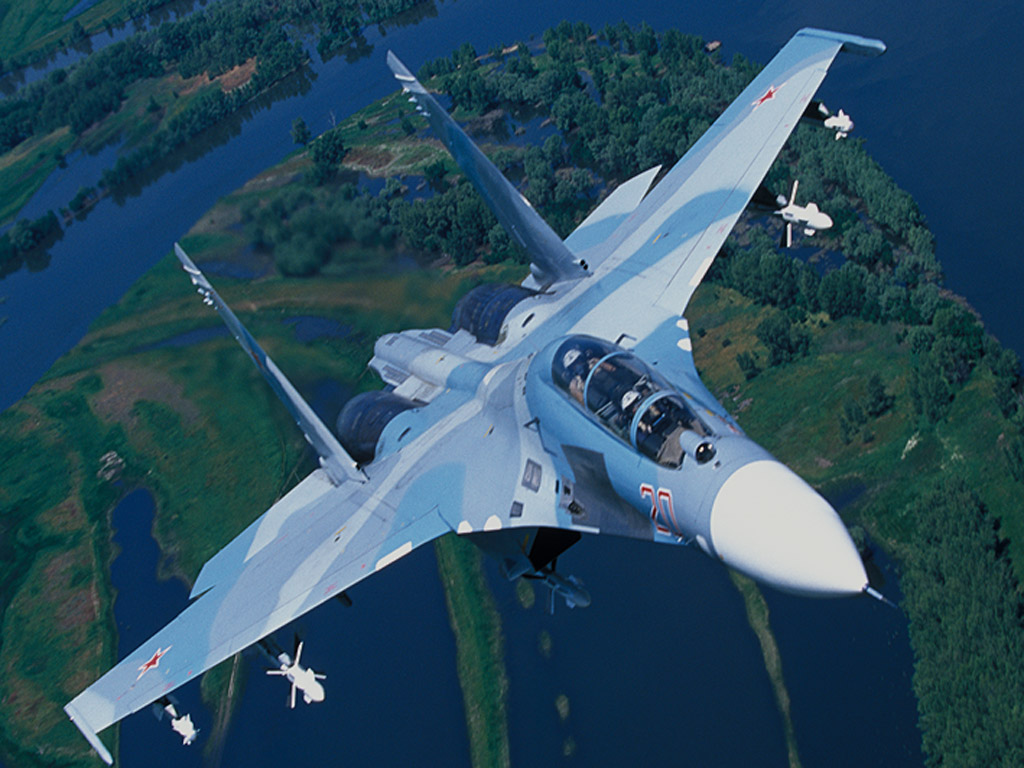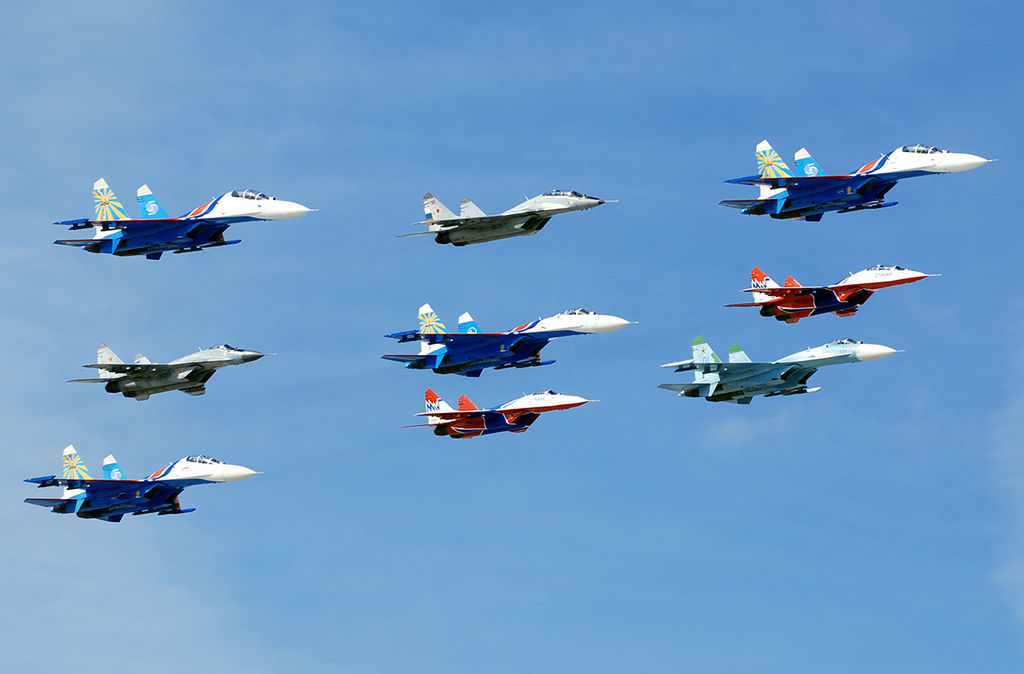If the Horten Ho 229 was intended to be a low-drag bomber as well as possess stealth capabilities, it would put it roughly 30 years ahead of its time
The invention of low-observable technology, also known as “stealth,” was arguably the most successful breakthrough throughout the 1970s and 1980s.
The element of surprise had been sought by air fighters since the earliest days of aerial combat, when typically the sun was employed to conceal the location of an attacker honing in on an intended victim, as David Baker explains in his book Fifth Generation Fighters. The parameters switched to the electromagnetic spectrum with the development of radar targeting and interception during the Second World War, initially for night-fighting and subsequently generally for air defense.
Radar operates by picking up a return signal that is reflected off of a solid object; the strength of the signal is inversely correlated with the item’s apparent visibility. The amount of signal that is reflected back determines the “observed visibility,” which is a measurement of the object’s radar cross-section (RCS).
At German laboratories during the Second World War, the development of radar and strategies for avoiding detection was shrouded in considerable secrecy. Several concepts were researched and examined using data and results from in-depth investigations and tests undertaken toward the conclusion of the war, as the victorious Allied nations desired to get as much of this work for their own exploitation after the German capitulation. One of these was the fusion of low-observables (LO) technology and flying-wing design principles.
While some of the claims made by German inventors were total lies, certain systems unintentionally did have stealth features. The Horten Ho 229, created by Reimar and Walter Horten, proponents of diminutive “flying-wing” designs, and constructed at the Gotha Works in 1944, is one illustration. The German Air Ministry wanted a bomber capable of carrying a 1000kg (2200lb) bomb at a distance of 1000km (620mls) at 1000km/hr (620mph).
The Horten brothers asserted that these criteria could only be satisfied by lowering the cruise power. The easiest way to do it would be to design a tailless, blended wing-body shape that is propelled by jet engines buried in the wing/fuselage root. The Ho 2299 was constructed and flown on multiple occasions, but due to a variety of causes, the type never saw service.
The Horten brothers had chosen a design approach with minimal drag, and the aircraft was undoubtedly less radar-visible than a typical aircraft of this size would have been. There were no abrupt angles connecting the wing to the fuselage, no large vertical tail to reflect radio waves, and no propellers to project bright discs onto the radar. After the war, Northrop Grumman conducted a thorough investigation of the type and found that, with a wing span of 55 feet (16.8 meters), it had only 80% of the visibility offered by a lightweight fighter like the Messerschmitt Bf 109, which had a wing span of 32 feet (9.8m).
Yet Reimar Horten’s assertions that he had included charcoal with the glue used to bind the wood laminates from which the structure was formed in an effort to create a low reflection were refuted by a chemical examination that revealed there was no proof of such a substance. We might, however, be hasty in rejecting this assertion because there was a discernible shift in the dielectric constant. Horten claimed that the carbon charcoal, which would have greatly absorbed radio waves as they traveled, was intended to be employed in production models, as opposed to the early-build V3 prototype that was brought to the US and used for testing.
This thorough examination of the Ho 229 myth is necessary because, if it were true that the aircraft was designed to be both a low-drag bomber and to possess stealth capabilities, it would have been approximately 30 years ahead of its time. But, the truth is obscured by uncertainty, deceit, lying, and finger-pointing.
German scientists, engineers, technicians, and workers were quick to point the finger at those who had passed away (usually in high political or military positions in the Third Reich) after the war for missed opportunities, decisions that were obviously poor, or intentional mismanagement. These men were also quick to claim they were aware of applications that, in reality, only became apparent when allied brains were matched with those from the German research facilities to point out subtle possibilities such as the variation of a shape to effectively produce a more stealthy design.
Fifth Generation Fighters is published by Mortons Books and is available to order here.
Photo by: Michael.katzmann at English Wikipedia
























